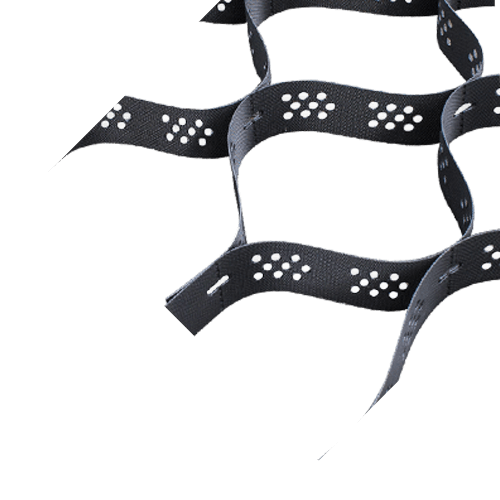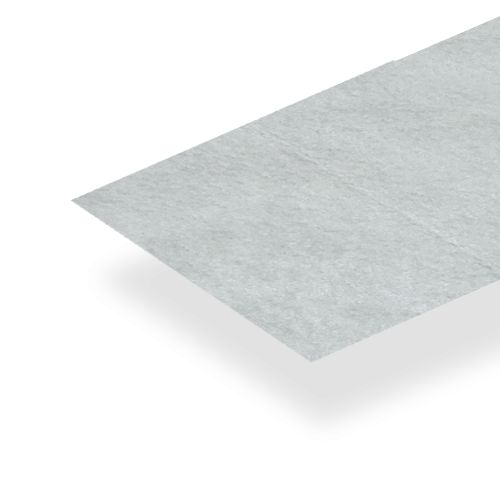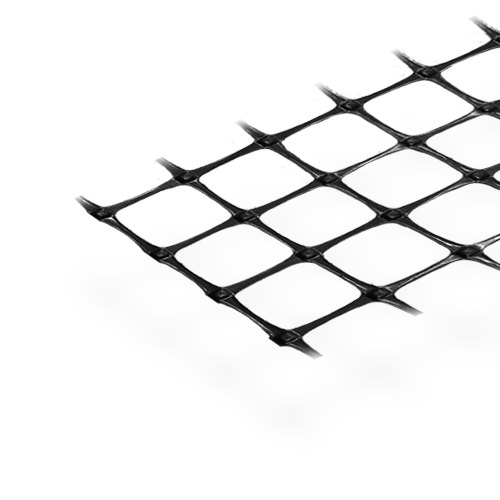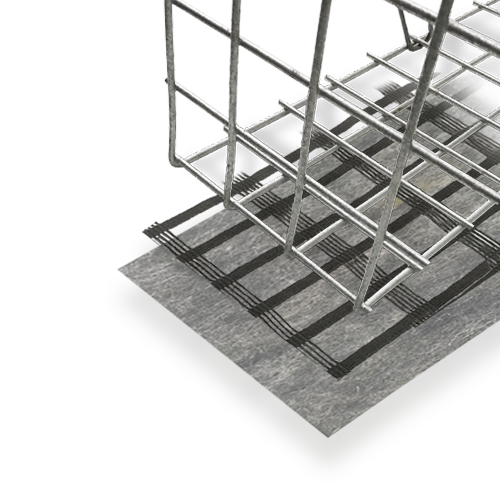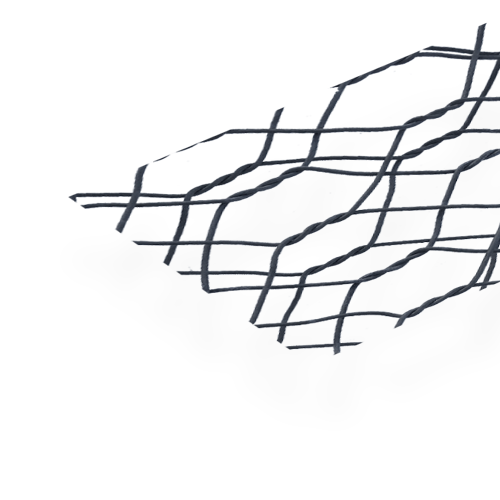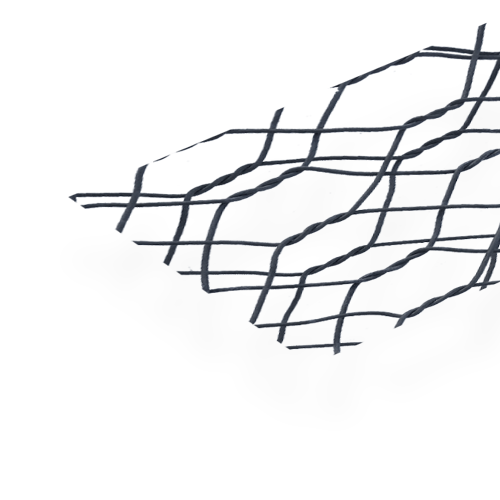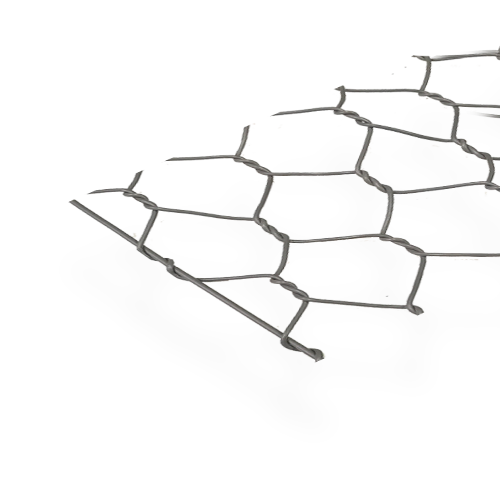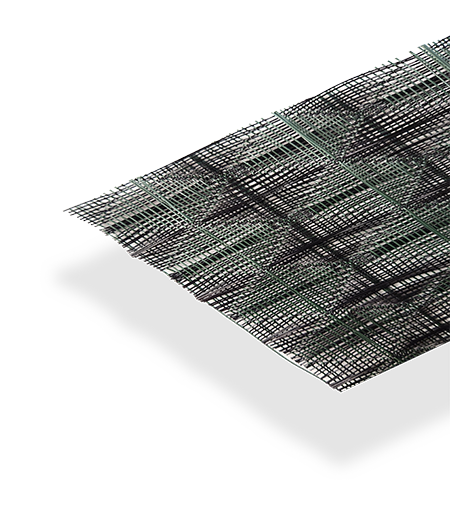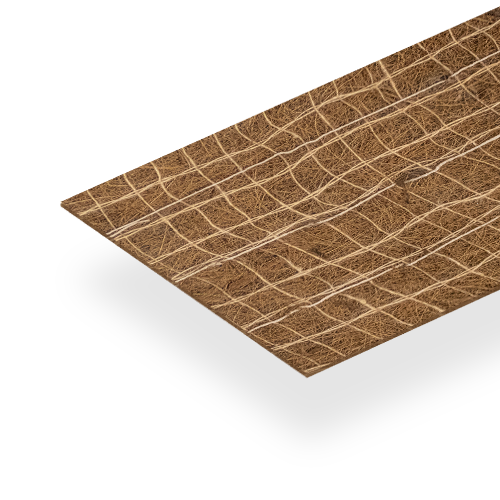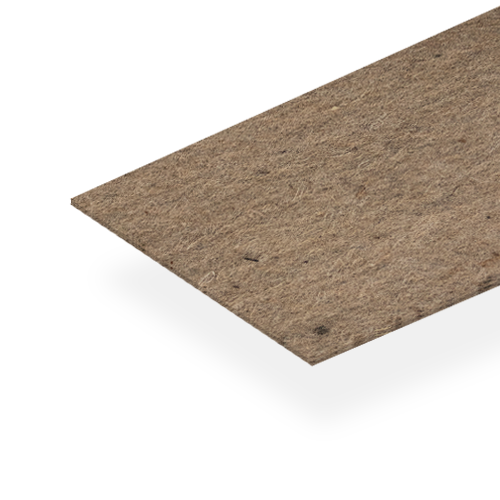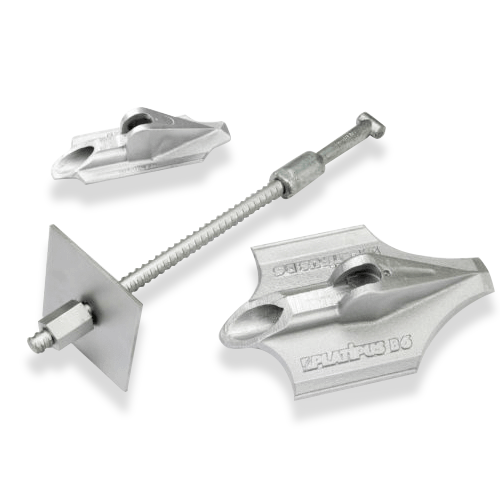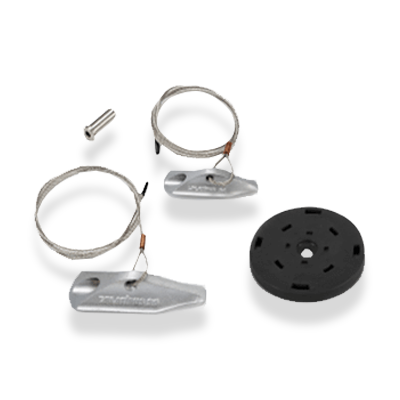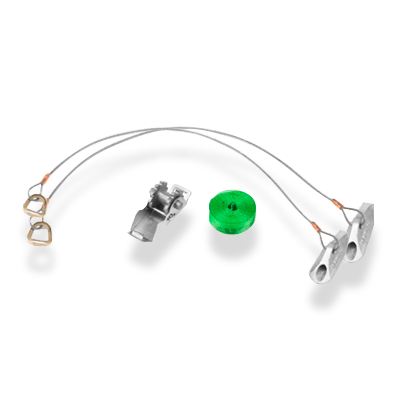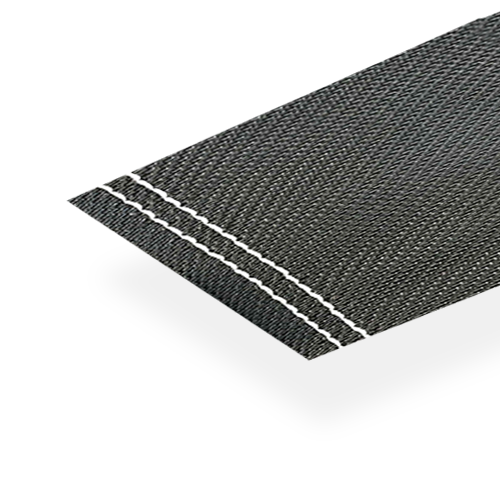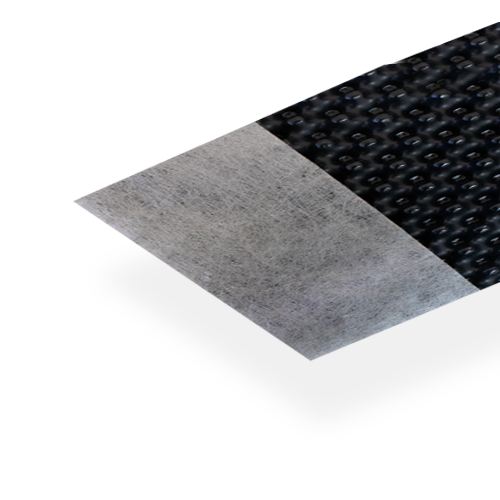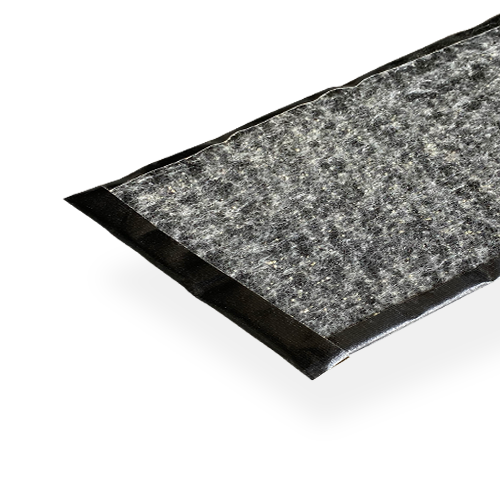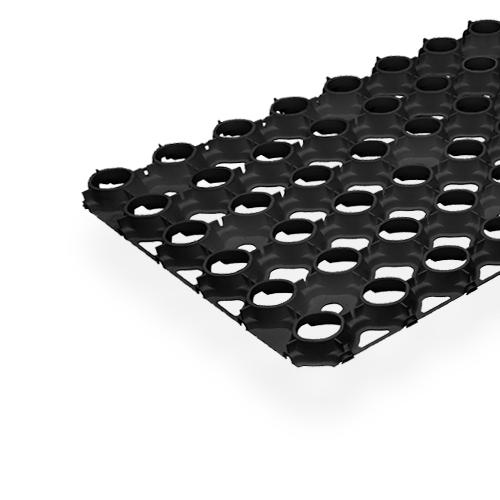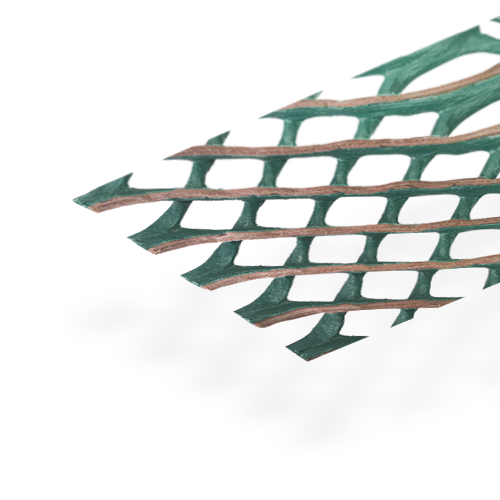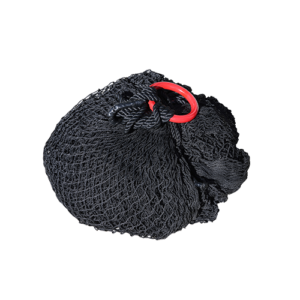- Menu
- ProductsFeatured ProductsGeotextilesGeogridsReinforced Soil SystemsBlock Retaining SystemsGabionsTurf MattingGround CoversEarth AnchoringDewatering & DrainageDrainage CompositesImpermeable LinersPermeable PavingGeocellsRock Bags
- Contact Us
Etham Avenue – Platipus® Civil Anchors
Facebook
LinkedIn
Twitter
WhatsApp
Project Details
Contractor
MCon Pty Ltd & Access Piering Pty Ltd
Client
N/A
Engineer
MYD Consulting Engineers Pty Ltd
Location
Etham Avenue, Darling Point, Sydney
Project Information
An existing masonry retaining wall, up to 2.5m in height and built in the 1970’s, was showing signs of instability. Cirtex Australia with the Engineer, MYD Consulting, developed a remedial stability solution using Platipus anchoring systems. The system would minimise disturbance to the existing wall and eliminate the total dismantling, design, and construction of a new retaining structure.
Design
Platipus B4 anchor systems were used to stabilise the existing retaining wall and driven up to 5.4m from the wall face into an unknown sandy backfill. No geotechnical or soil information was available at the time of the installation, but once installed to the required depths, they could be immediately tensioned, load locked and the ‘Design’ or ‘Working’ load verified and confirmed. Design life requirement for the remedial works was 25+ years.
Installation
Coring through the 1m existing retaining wall took a total of 3 days to complete the Platipus anchor installation and load testing taking a single day. The anchors were tensioned and extended up to 300mm and ‘Proof’ loaded to 28kN (2.8 tons). All Platipus anchor systems were load locked against galvanised load plates with a small active load of 0.5kN.
Benefits of Platipus B4 Anchor System:
- No expensive demolition and the additional costs of design and construction of a new retaining structure.
- No messy grouting, load uncertainty or delay in testing with immediate load verification.
- Original retaining structure stabilised effectively and efficiently with minimal environmental impact.
- With no, or minimal geotechnical or soil information available, Platipus anchor systems provide immediate load verification and thus design flexibility for anchor sizing and spacing.
Products used in this Project
Platipus® Anchors has over 30 years experience and has proven that the...

